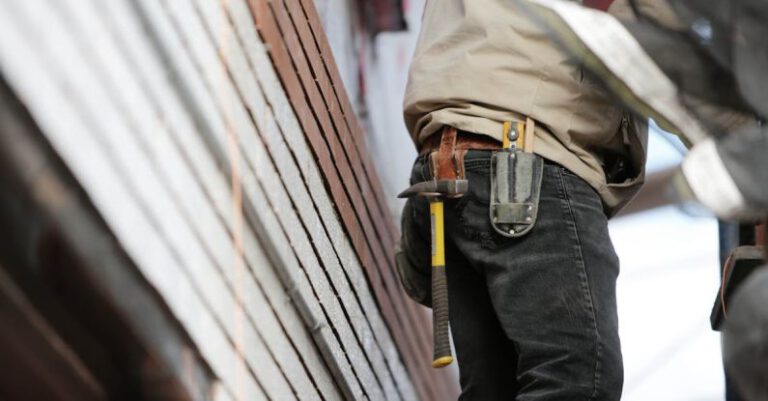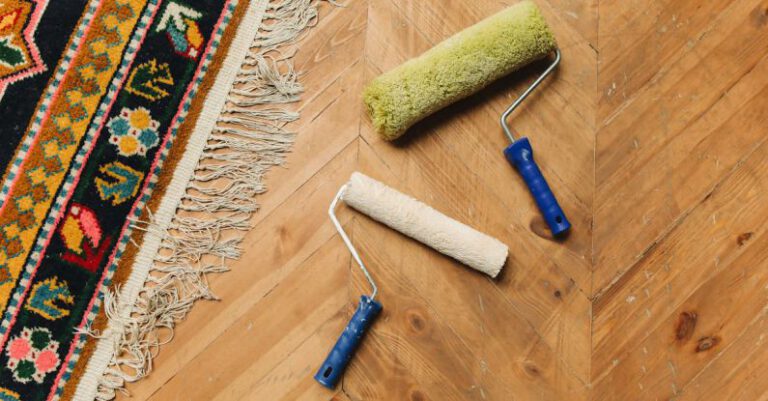
Brake Adjustment Techniques: Ensuring Your Safety on the Road
When it comes to vehicle maintenance, ensuring your brakes are in top condition is paramount to your safety on the road. One essential aspect of brake maintenance is brake adjustment. Over time, the brakes on your vehicle can wear down, leading to decreased performance and potentially dangerous situations. In this article, we will explore the techniques for brake adjustment to help you maintain optimal braking performance and stay safe while driving.
Checking for Signs of Brake Wear
Before diving into the techniques for brake adjustment, it is crucial to first identify whether your brakes need adjustment. One of the most common signs of brake wear is a soft or spongy brake pedal. If you find that you need to press the brake pedal further than usual to bring your vehicle to a stop, it may be time for an adjustment. Additionally, if you hear squealing or grinding noises when applying the brakes, this could indicate worn brake pads that require adjustment.
Inspecting the Brake System
Before adjusting the brakes, it is essential to inspect the entire brake system to identify any potential issues. Start by checking the brake pads for wear. If the pads are less than 1/4 inch thick, they need to be replaced. Additionally, inspect the brake rotors for any signs of damage or warping. Warped rotors can lead to uneven braking and should be addressed before adjusting the brakes.
Adjusting the Brake Pads
One common technique for brake adjustment is adjusting the brake pads. To do this, you will need to locate the brake caliper, which houses the brake pads. Use a wrench to loosen the caliper mounting bolts and slide the caliper off the rotor. Next, inspect the brake pads for wear and adjust them as needed. If the pads are too close to the rotor, they may be causing the brakes to drag, leading to decreased performance and increased wear.
Adjusting the Brake Cable Tension
Another technique for brake adjustment involves adjusting the brake cable tension. The brake cable connects the brake lever to the brake caliper and is responsible for engaging the brakes when the lever is pressed. If the brake cable is too loose, it can lead to a soft brake pedal and decreased braking performance. To adjust the brake cable tension, locate the adjusting barrel on the brake lever and turn it clockwise to tighten the cable. Test the brakes to ensure they engage properly before hitting the road.
Checking the Brake Fluid Level
In addition to adjusting the brake pads and cable tension, it is essential to check the brake fluid level in your vehicle. Low brake fluid can lead to decreased braking performance and potential brake failure. Locate the brake fluid reservoir under the hood of your vehicle and ensure the fluid level is between the minimum and maximum marks. If the fluid is low, top it up with the recommended brake fluid for your vehicle.
Conclusion: Prioritizing Brake Maintenance for Safe Driving
Ensuring your brakes are properly adjusted is essential for your safety on the road. By regularly checking for signs of brake wear, inspecting the brake system, and adjusting the brake pads and cable tension as needed, you can maintain optimal braking performance and reduce the risk of accidents. Remember to also check the brake fluid level regularly to keep your brakes functioning properly. By following these techniques for brake adjustment, you can drive confidently knowing your brakes are in top condition.





